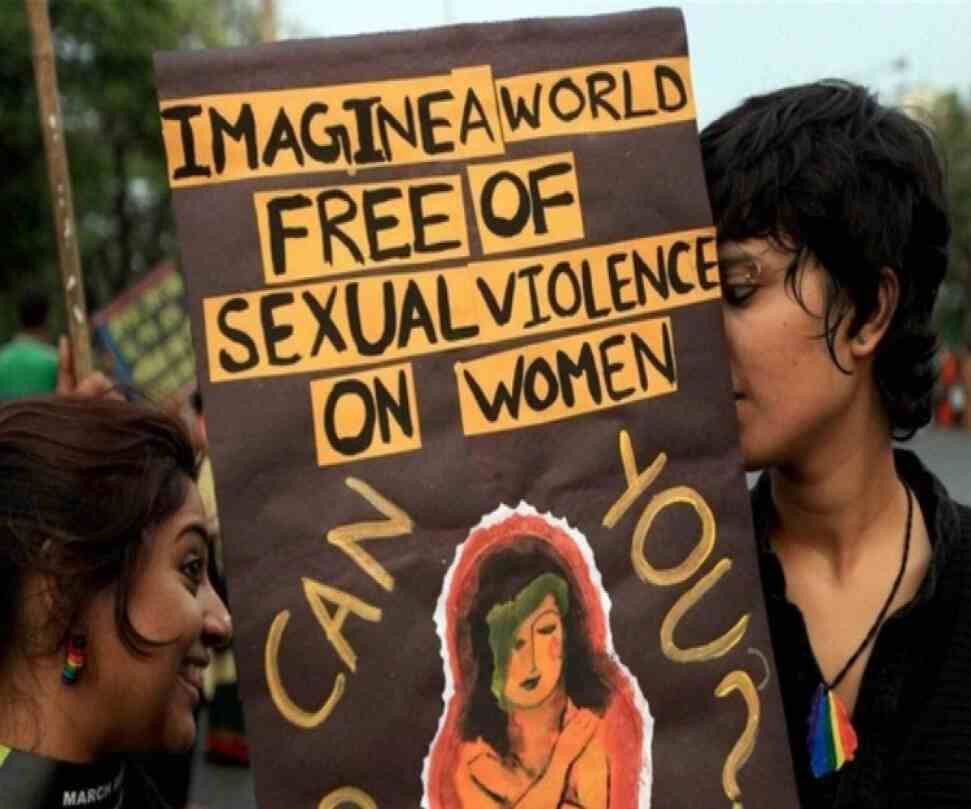Rising 'reported' crimes

The National Commission for Women (NCW) received 19,953 complaints of crimes against women in the first eight months of this year. This is 46 per cent higher than the corresponding figure of 13,618 in the same period of 2020. The NCW chief attributed this rise in reported cases to the commission's awareness programmes over the years, owing to which, more and more women are coming out to report against the crimes they are subjected to. This argument is further echoed by several experts and might have some substance. But this narrative is plagued with certain ambiguities that might hinder the ongoing process of women empowerment in the country. This approach to the data on crime against women blurs the line of action to which the policymakers and general public must align, giving way to complacency and poisonous self-applause. The numbers should purely be viewed in objective terms if the aim is to solve the problems on the ground. It is true that administrative efforts and larger changes in the socio-economic fabric of the country have contributed to the rise in reporting of cases. This should give us an opportunity to read more deeply into the ground realities, and not run into pseudo positivity. Furthermore, the situation also presents a narrative of anomaly — while the number of reported cases of crime against women is increasing due to awareness, the conviction rate is on a steady decline. As reported by Indiaspend, by the end of 2019, investigation was pending in a higher proportion of crimes against women — 33.8 per cent, as compared to 29.3 per cent of all cognisable IPC crimes. Further, trials were reported to have been completed in only 7.6 per cent cases of crimes against women. Unfortunately, the conviction rate in the cases of crime against women has been on a steady decline for the past decade and a half. In 2006, the conviction rate was 18.9 per cent as against 23.7 per cent in 2019. Also, the number of cases pending trial at the end of the year (CPTEY), as per Crime in India Report, has increased from 10,81,772 in 2015 to 15,63,801. This anomaly needs to be removed. The increased reporting of cases makes little sense until these are translated into convictions. More importantly, it has to be reminded again and again that cases of crime against women still remain grossly underreported. More than any faraway stranger, it is the family members or the people in vicinity who are more likely to inflict crime on women. As per NCW figures, 4,289 complaints this year till August have been of domestic violence and 2,923 complaints of harassment of married women or dowry harassment. Domestic violence, in particular, figures at the top of the chart when it comes to crime against women. There is a line of distinction between crimes like domestic violence and rape or molestation. To be sure, the most striking difference is the degree of social stigma associated with the two crimes. The NCW received 1,116 complaints of molestation and 1,022 cases of rape in the first eight months of the year. These numbers may be a gross underestimation as the highly stigmatized rape and molestation cases don't often get reported — particularly if the assaulter or the rapist is one of the uncles or cousins, or any other family person. It is highly unfortunate that we don't have any near-accurate data on these hidden crimes. Their extent is in the realm of the unknown but their prevalence in society cannot be belied. The ones hurting the women the most, to a great extent, live in the vicinity of the women — in the family and the closed society. And the core factor behind the rising crime against women, and also the low conviction, is fundamentally the patriarchal mindset in individuals and patriarchal set-up of institutions of marriage, family and society. Women are of course claiming their part of the sky on the basis of their own abilities, and that is bringing about the required balance in the society, but acutely little has been done to tone down the patriarchal thinking. The performance of states on this front may vary, but this is a pan-India pattern — across class and caste division. Let us not put the extra burden on women of reporting crime against them and proving their victimhood — that's not what human life is meant for. More emphasis needs to be given on reducing the crime against women. Long-held notions of 'educating' the boy to 'treat women nicely' when they grow old has not worked so efficiently. On the other hand, stricter response from society and government — like in the Nirbhaya case or #MeToo movement — has proved to be more fruitful. The problem of the patriarchal mindset is that it is ages-old and has consolidated itself layer upon layer. Solely 'educating' and 'modelling' kids is not enough. There is a need for deterrents which will force criminal-minded men to assess the pleasure or pain principle before committing crime against women. Most importantly, the society as a whole, has to respond well to the dual victimization of women, as after the actual commission of crime by an individual or a group, it is the society that further allows women to go through stigma and unnecessary shame. It is largely upon us to make the world a better place to live, for ourselves.




